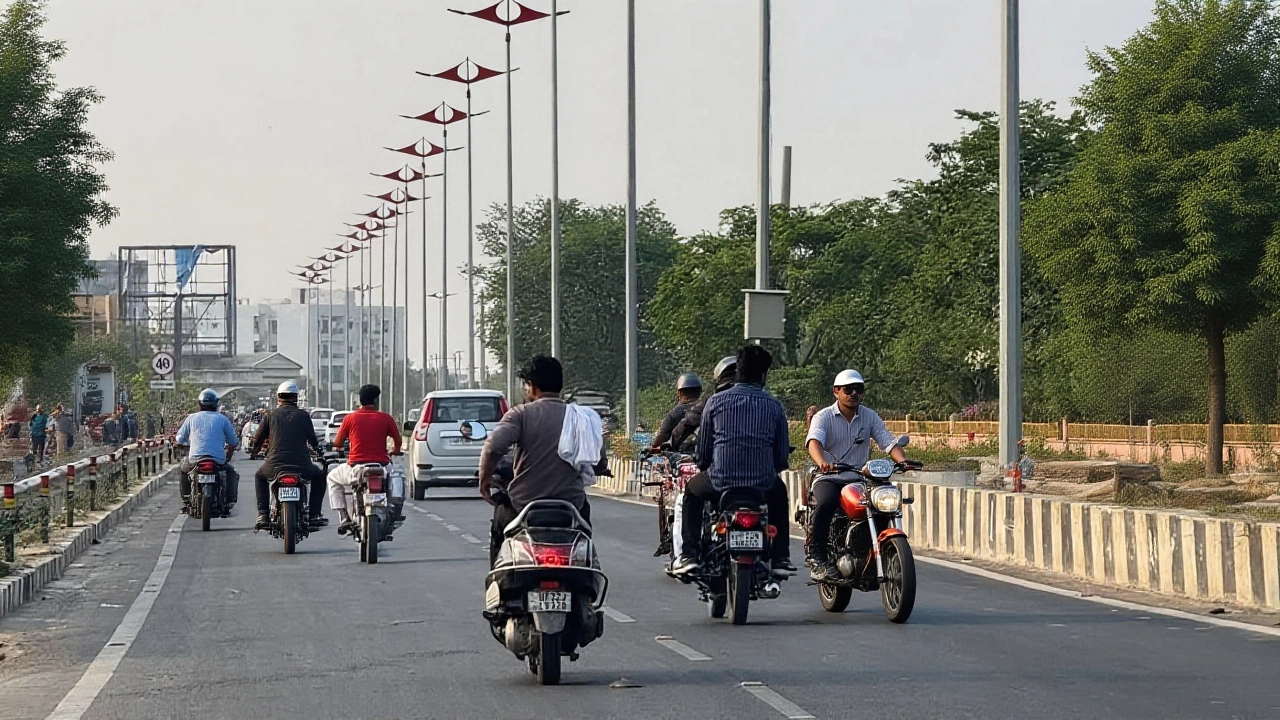India Meteorological Department – Your Go‑to Source for Weather Updates
When you run a dairy farm or work in the milk supply chain, the weather isn’t just background noise – it’s a daily decision maker. The India Meteorological Department (IMD) gathers satellite data, ground observations and climate models to give you the most accurate forecast across the country. From a sudden cold snap in Punjab to a heavy downpour in Karnataka, IMD’s bulletins let you act before the weather hits.
What sets IMD apart is its regional focus. The department divides India into 22 weather‑forecasting zones, each with its own office that knows local quirks. That means a farmer in Gujarat gets a different outlook than a producer in West Bengal, even if both are watching the same national forecast. This granularity helps you plan milking schedules, feed storage and herd movement with confidence.
Why the IMD Matters for Dairy Farmers
Heat stress is a major cost driver for dairy operations. When temperatures climb above 30°C, cows eat less, produce less milk and can even suffer health issues. IMD’s daily temperature and humidity forecasts let you adjust shade structures or schedule milking during cooler hours. Likewise, unexpected rain can turn pastures into mud pits, increasing the risk of hoof infections. Knowing the rain window ahead of time lets you move livestock to higher ground or switch to stored feed.
Another hidden benefit is disease forecasting. Certain bacterial outbreaks thrive in specific weather conditions. IMD’s seasonal outlooks often include alerts for high‑risk periods for mastitis or foot‑rot. By syncing those alerts with your herd health plan, you can schedule vaccinations or extra hygiene checks just when they’re needed most.
How to Get Accurate Weather Info Today
Getting IMD data is easier than you think. The department’s website offers a simple dashboard with temperature, rainfall and wind predictions for the next 7 days. You can also subscribe to SMS alerts for your district – a quick text that tells you if a storm is on the way. Many mobile apps now pull IMD data directly, so you can glance at a map while walking the milking line.
For long‑term planning, check the seasonal outlooks released each quarter. Those reports break down expected monsoon strength, heatwave likelihood and drought risk for the upcoming months. Use the outlook to decide whether to expand a herd, invest in water storage or lock in feed contracts now.
In short, treating IMD forecasts as a regular part of your farm management routine can shave off waste, protect animal health and keep your milk output steady. The next time you hear a weather report, ask yourself: how does this piece of data fit into my daily plan? With the India Meteorological Department at your fingertips, the answer is clearer than ever.
Arvind Chatterjee, Oct, 1 2025
Delhi Gets Heavy Rain on Sept 30, 2025 – IMD Issues Orange Alert
Heavy rain on Sept 30, 2025, broke Delhi's heatwave as IMD issued an orange alert; flights, traffic and air quality were impacted, with rain expected to linger through early October.
View More




